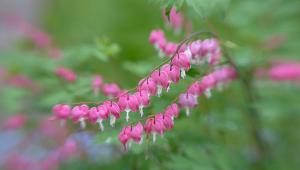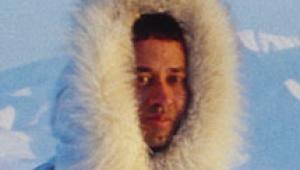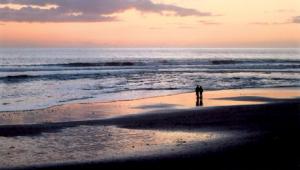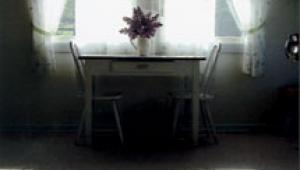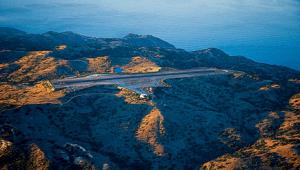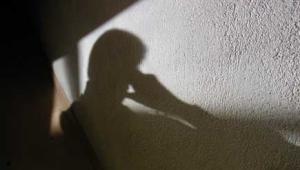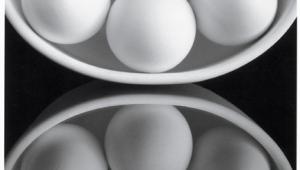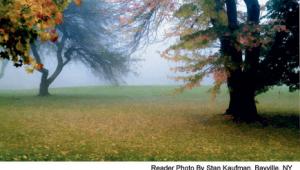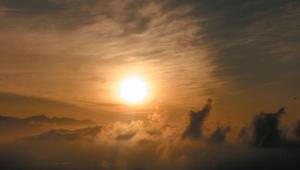Shooting at Night Page 2
Photographing people during magic
hour can also make an interesting statement. To say "romance," you
can shoot a picture of a couple holding hands while walking on the beach. Foreground
subjects become silhouettes when photographed against a dusky sky, so look for
clean and recognizable shapes. Exposing for silhouettes is easy. Point-and-shoot
cameras have averaging meters, so simply place your viewfinder over the brightest
area in the scene, and use your exposure-lock feature (if your camera has one)
to hold that exposure in place.
On partly cloudy evenings, the sky may be briefly illuminated with color a few
minutes after the sun has set, creating a sort of afterglow in the sky. Be sure
to anticipate this if you see interesting clouds around sunset.
 |
|
|
If your camera allows you to use a long time exposure (even putting your camera on its landscape mode can yield a longer exposure), you can record patterns of moving lights after dark that can't be seen by the human eye. Cars are great subjects for this photo technique. Go to a location where the ambient light isn't too strong and where you have an unobstructed view of moving traffic, such as a pedestrian bridge over a freeway. It's a good idea to use a slow- or medium-speed film (like ISO 100--200), or the equivalent ISO setting if you're shooting digitally. You'll also want to use a tripod or something steady on which to brace your camera. Set your camera on the longest exposure it will allow, and try to capture the streaks of a single vehicle or several cars. You'll be surprised at the results!
 |
|
|
Readers are encouraged to submit photos to our monthly Point & Shoot HomeWork Assignment feature. Please see the table of contents for the location of the entry coupon, which lists topics and more details.
- Log in or register to post comments
